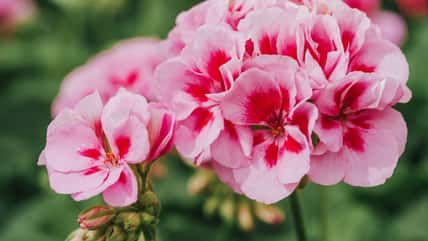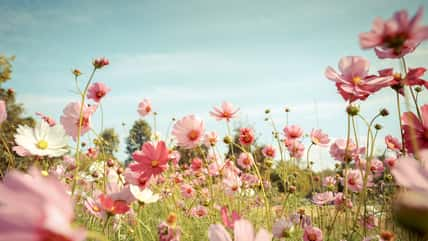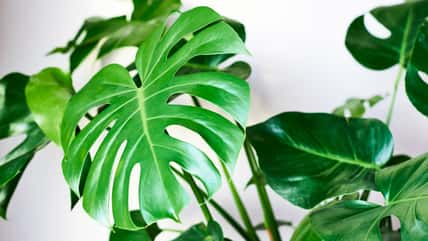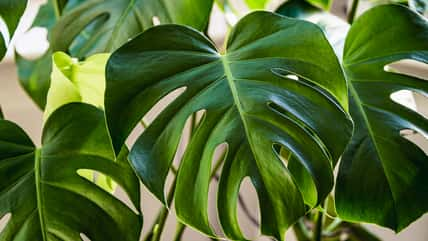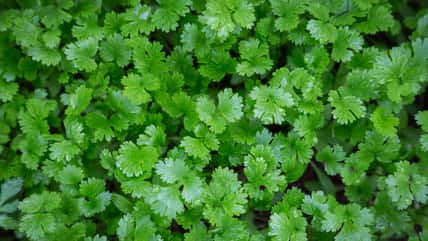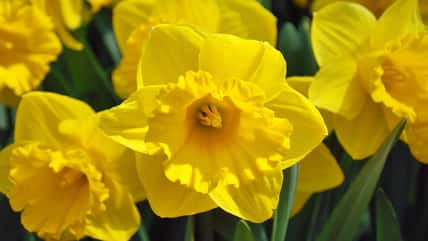7 Herbs That Thrive In Containers
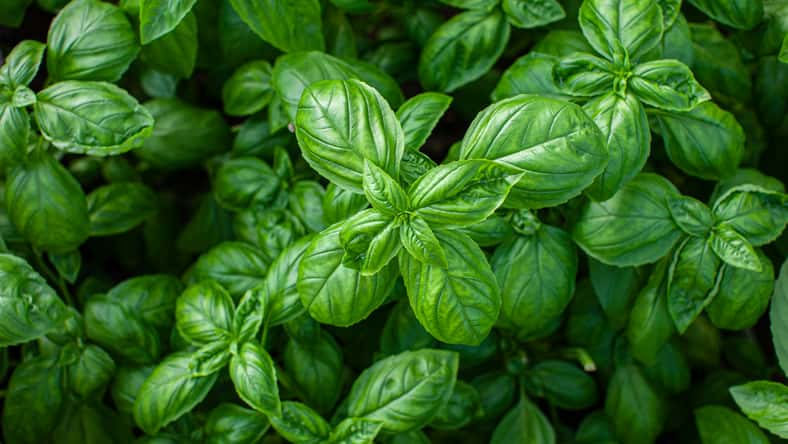
Want To Grow Herbs But Don’t Have A Lot Of Room?
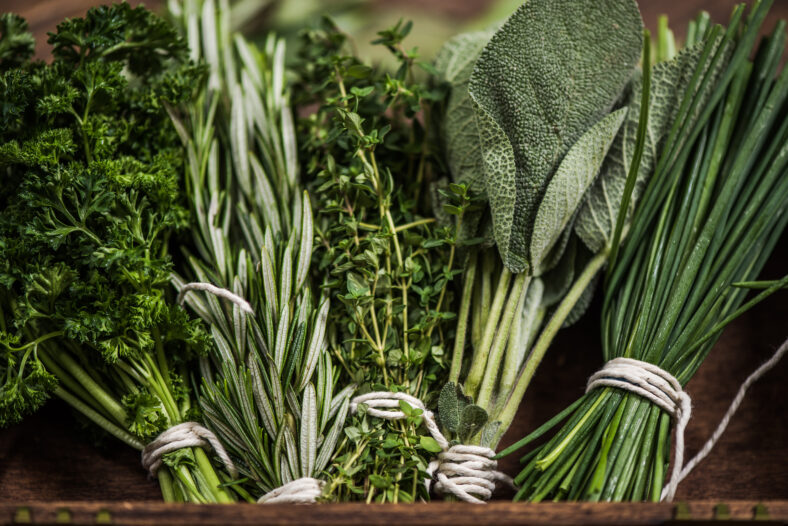
Do you want to try growing an herb garden, but you don’t have a clue how to start? Fortunately, being a gardening genius is not a requirement.
All you need is a sunny windowsill and a pot, and you’ll already be halfway to becoming an herb-growing legend!
Here Are 7 Herbs That Love Living In Containers
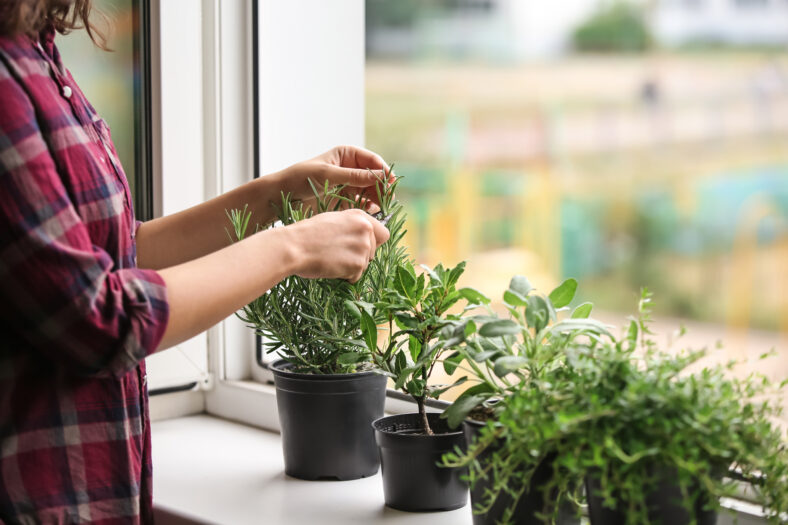
A perk of growing herbs in pots is that you’ll have a delicious assortment of them at your disposal to fulfill all your culinary needs.
The key to success is containers of a sufficient size that drain well and a high-quality potting mix that holds moisture. Here are seven herbs that were born to live life in containers.
1. Mint

Growing mint in a container is best because this herb is known for spreading aggressively and will quickly take over your garden space.
By planting it in a pot, you can control its growth. Mint should be harvested often to prevent it from flowering. There are many varieties, from peppermint to chocolate, so you’ll be sure to find a mint you love.
2. Basil
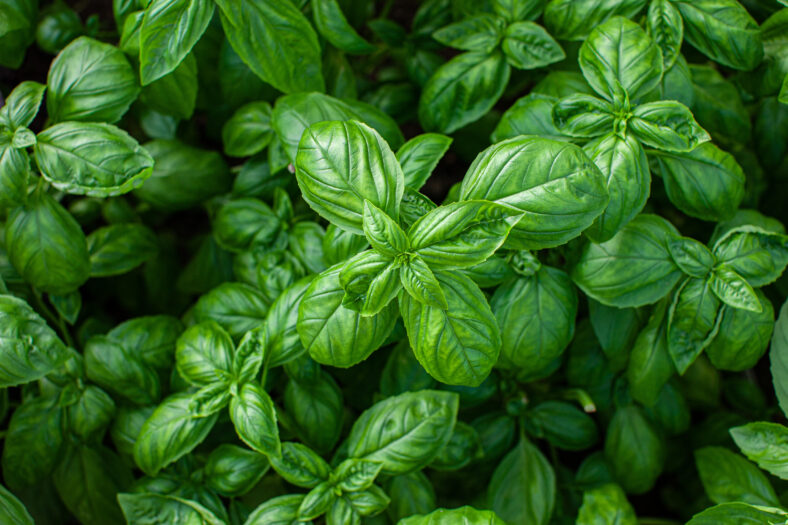
Basil is one of the easiest herbs to grow. You can start harvesting leaves about six weeks after planting. They have a lovely scent and flavor to add to your meals.
This herb likes rich, well-draining soil and plenty of sunshine. Basil should be enjoyed and replaced as needed. You can choose from a wide range of varieties like purple basils and Thai basil.
3. Parsley
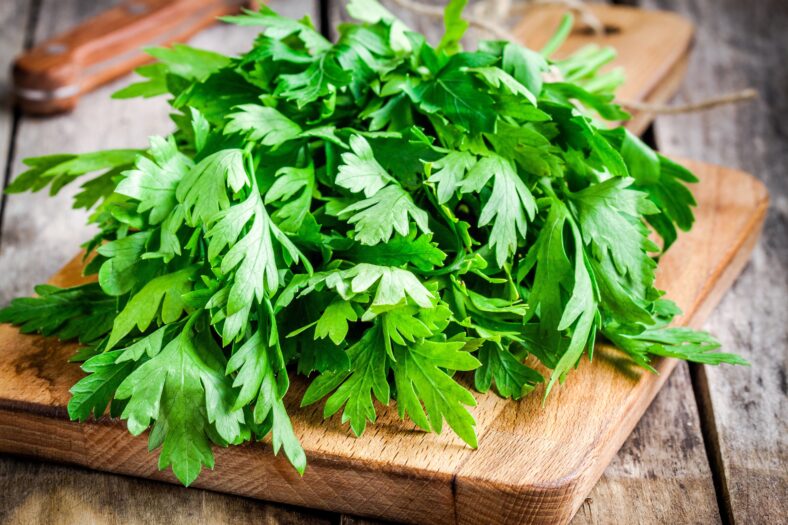
It is best to plant parsley as seedlings in containers. The herb is relatively low-maintenance, needing at least six hours of sunlight per day.
Parsley is at its most flavorful during its first year of life, so make sure to enjoy it as much as possible! Use it as a garnish or in your salad and smoothies.
4. Rosemary

Rosemary is an evergreen shrub with needle-like leaves that make it resemble a tiny pine tree. The foliage is fragrant, helping to calm and clear the mind.
The flavor is often used to season grilled vegetables and meat. The herb also produces small blue, lavender, or white flowers. Once they have faded, prune the plant to encourage foliage growth.
5. Thyme
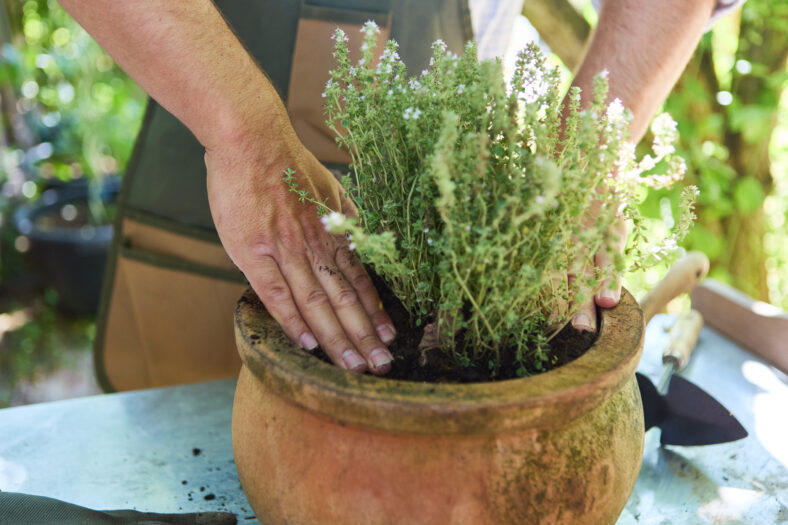
Thyme is another favorite since it offers a cheerful pop of color to your container garden and brings a zesty, lemony flavor to your dishes.
If you’re planning to cook with thyme, it is best to harvest the leaves right before flowering when the essential oils are at their height.
6. Chives
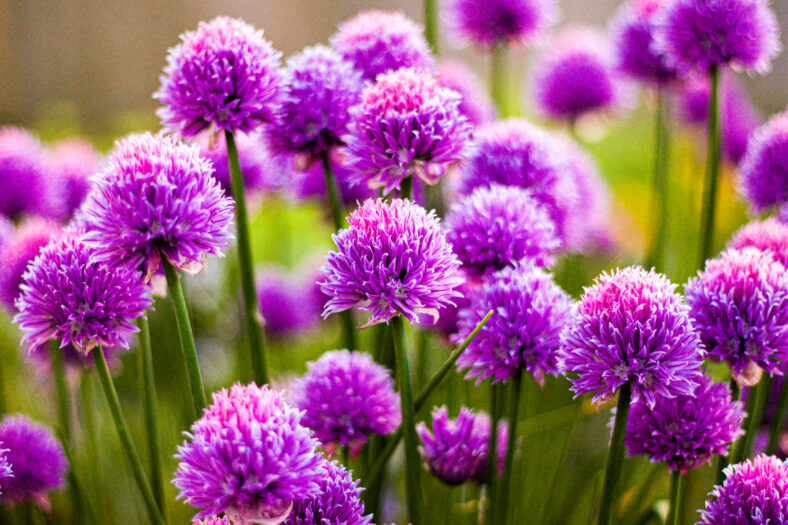
Chives are a relative of the onion, but they’re not usually grown for their bulbs. Instead, it’s the thin, dark green leaves you want.
They can be used in salads, spreads, or as garnishes. Since fresh chives are difficult to store and dried chives lose their flavor quickly, it’s just easier to keep some potted chives on hand.
7. Sage
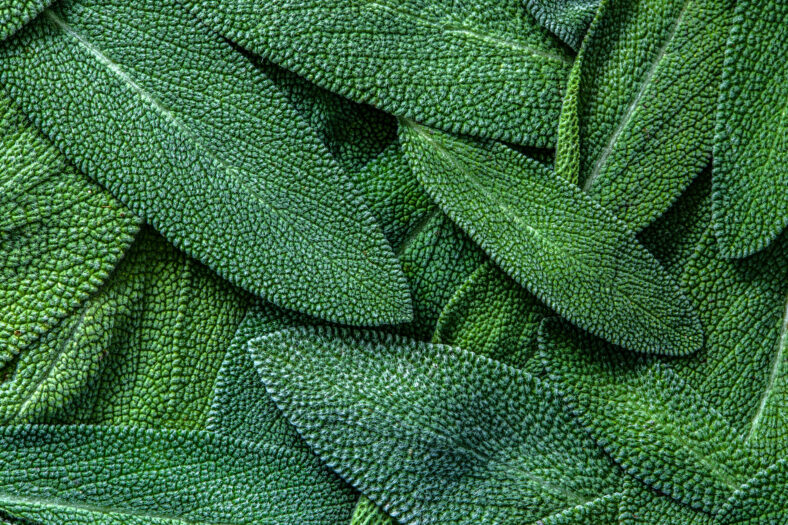
This lovely herb has broad, leathery leaves and looks like a mini shrub. Sage leaves can be used fresh or dried. They are the key to Thanksgiving stuffings, but you can also add them to soups and stews.
Sage thrives in full sun, but it should avoid areas with high heat and humidity. Place it in a container on your patio or a sunny windowsill.
More About:Gardening
